8/28 - 有效提問:透過五個程序架構1800問題 (Making Questions Work: 5 rocess Frameworks for 1800 Questions)
8/29 am - 以色彩與繪圖為你的未來做準備 (Gearing Your Future With Colors and Graphics)
8/29 pm - 肯定式領導力在引導上的應用 (Appreciative Leadership in Facilitation)
8/30 am - 讓專案結果展現負責與可信的工具 (Tools to Build Accountability for Outcomes)
8/30 pm - 當 MEETING 2.0 遇見WEB 2.0-探索參與式的網路科技與參與式流程的整合 (MEETING 2.0 Meets WEB 2.0 Explorations in the Integration of Participatory Processes with the Participatory Web...)
8/31 - 引導有意義的遊戲與活動 (Facilitating Meaningful Games and Activities)
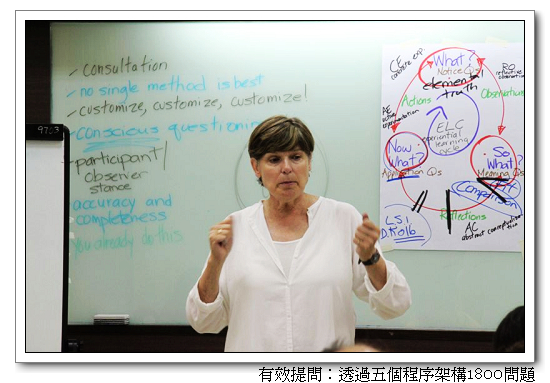
1. Opening Session
1.1 Getting to know one another
1.2 Clarifying expectations
2. Enabling Action
2.1 What?
2.2 So what?
2.3 Now what?
3. Thinking Critically
3.1 Making assumptions and perspectives explicit
3.2 Understanding interests and power relationships
3.3 Exploring alternative ways of thinking and acting
3.4 Making ethical choices
4. Addressing Issues
4.1 Understanding the situation
4.2 Clarifying the issues
4.3 Generating operations for action
4.4 Testing options for action
4.5 Making a decision
4.6 Taking action
5. Closing Session
5.1 Looking backward: wrapping up the process
5.2 Looking forward: considering next steps
以色彩與繪圖為你的未來做準備


。
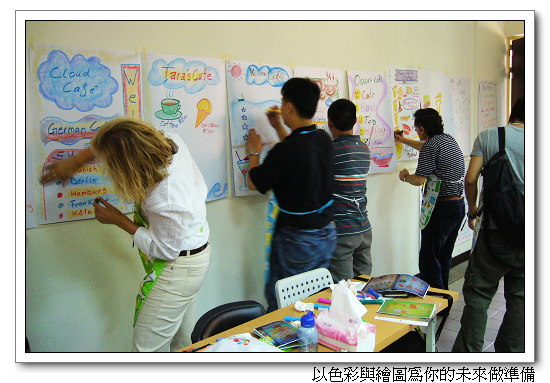

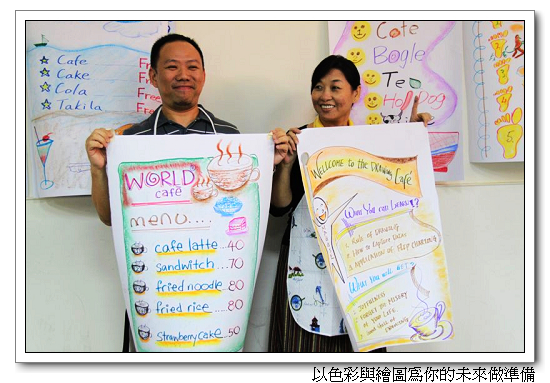
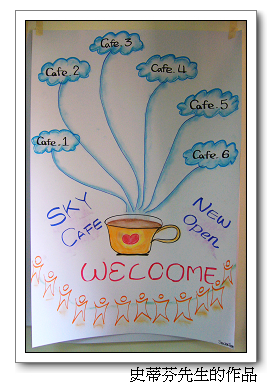
Inquiry) 為基礎,探討在領導上的應用方法。
引導中,也曾經引用過相關的方法。
Responsibility (you do what you agree to do), Accountability (ability to account to others what you did and how you did it), 和 Assumptions 的不同。
Phase 1: Diagnose Factors Impacting on Outcomes Implementation
Phase 2: Design the Check-in System for Increased Accountability
Phase 3: Enable People Leadership of Implementation
參與式流程的整合
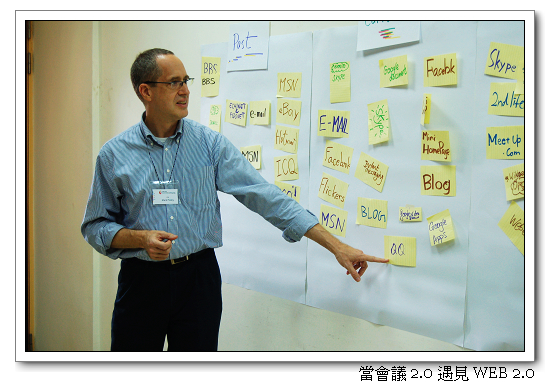
的工具分享出來,並且記錄。
Group 成功,
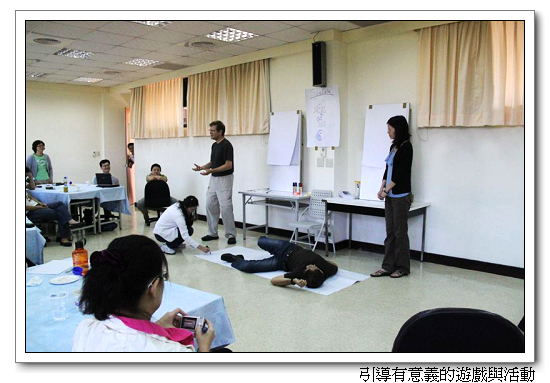
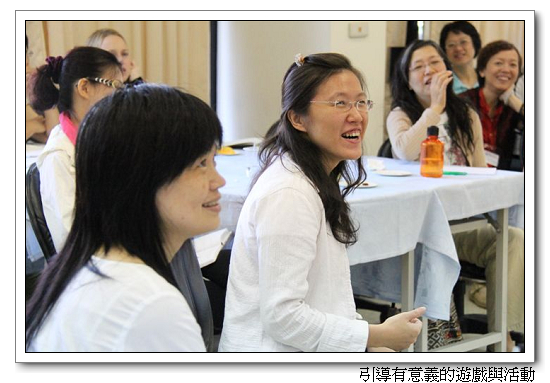

0 意見:
張貼留言